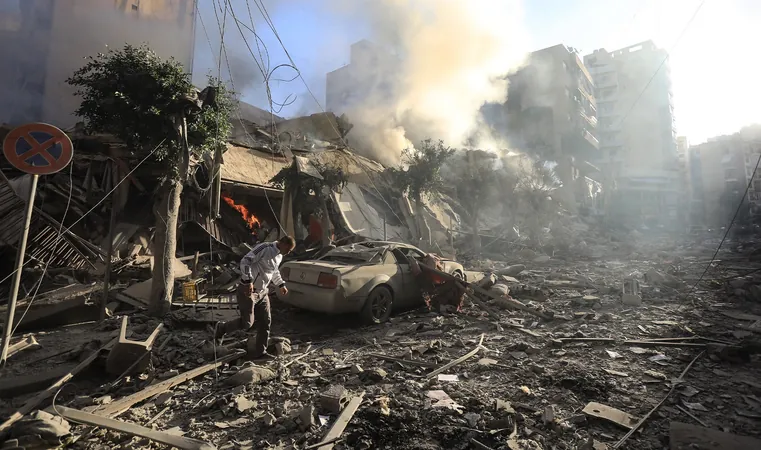
Unraveling the Israel-Hezbollah Conflict: A Geographic Perspective
2024-10-03
Introduction
As tensions escalate once more, Israel is embroiled in conflict with Hezbollah in southern Lebanon, a clash that stirs memories of a tumultuous history. Nearly two decades after a United Nations resolution aimed at fostering peace in the region, the underlying tensions remain a significant force in Middle Eastern geopolitics.
Historical Roots
Understanding this conflict requires a look at its historical roots. The Israel-Hezbollah rivalry can be traced back to the late 20th century, particularly stemming from the Israeli invasion of Lebanon in 1982, which aimed to eradicate the Palestine Liberation Organization (PLO). This intervention unwittingly gave rise to Hezbollah, a militant group formed to combat Israeli forces and defend Lebanese sovereignty.
UN Resolution 1701
The United Nations Security Council’s Resolution 1701, passed in 2006 after the Second Lebanon War, was designed to end hostilities and establish a framework for peace. However, the ceasefire has proven to be tenuous. The maps of this region are not just geographical; they illustrate the deep-seated historical grievances, territorial disputes, and the influence of outside powers, such as Iran and the United States, further complicating the circumstances.
Political and Social Dynamics
Moreover, the ongoing conflict illustrates a complex web of political, social, and religious dynamics. Hezbollah, with its roots in Shia Islam, enjoys support from a significant portion of the Lebanese population, while Israel views the group as a terrorist organization posing a direct threat to its national security. The recent skirmishes underline the fragile state of Lebanon, grappling with its own political crises while managing the ramifications of external conflicts.
Looking Ahead
As we look toward the future, the role of international intervention, peacekeeping forces, and grassroots movements for change will be pivotal in determining the trajectory of this relentless conflict. The world watches closely, hoping that the maps can someday reflect peace rather than division.
Conclusion
Stay informed about the latest developments in this ongoing situation that continues to shape the landscape of the Middle East.
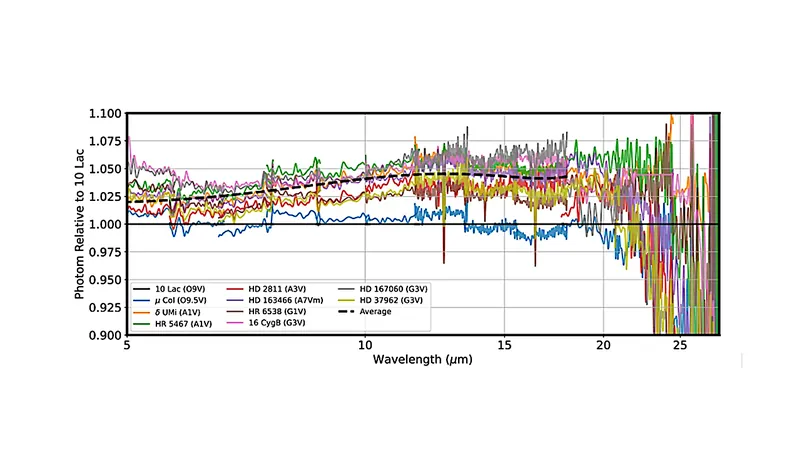

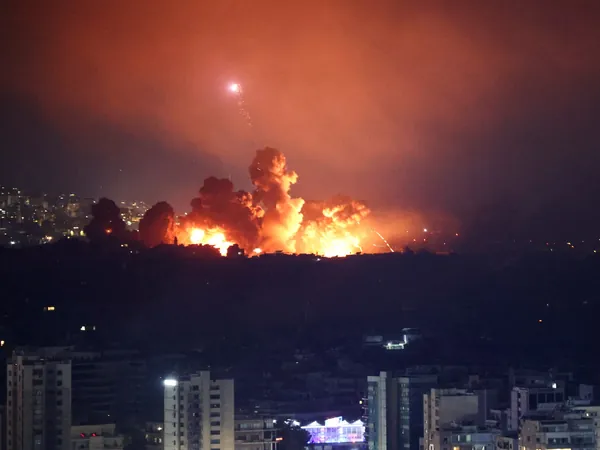



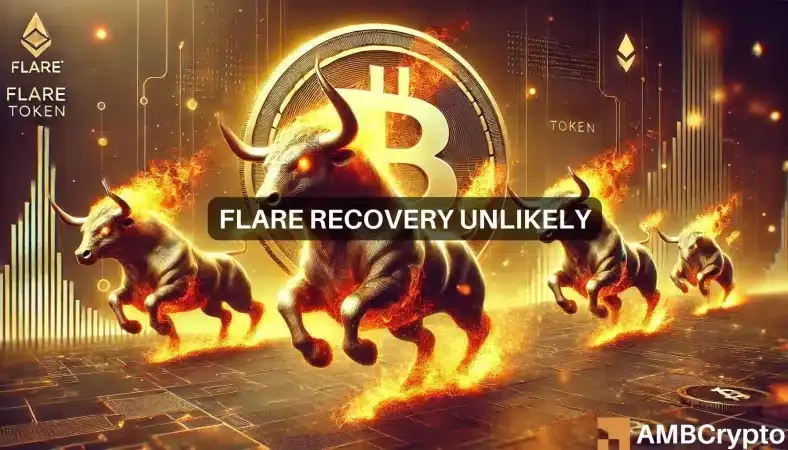

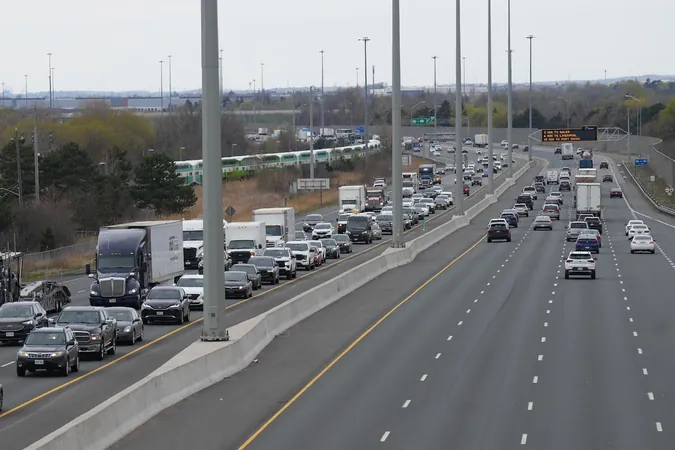
 Brasil (PT)
Brasil (PT)
 Canada (EN)
Canada (EN)
 Chile (ES)
Chile (ES)
 España (ES)
España (ES)
 France (FR)
France (FR)
 Hong Kong (EN)
Hong Kong (EN)
 Italia (IT)
Italia (IT)
 日本 (JA)
日本 (JA)
 Magyarország (HU)
Magyarország (HU)
 Norge (NO)
Norge (NO)
 Polska (PL)
Polska (PL)
 Schweiz (DE)
Schweiz (DE)
 Singapore (EN)
Singapore (EN)
 Sverige (SV)
Sverige (SV)
 Suomi (FI)
Suomi (FI)
 Türkiye (TR)
Türkiye (TR)